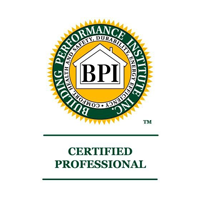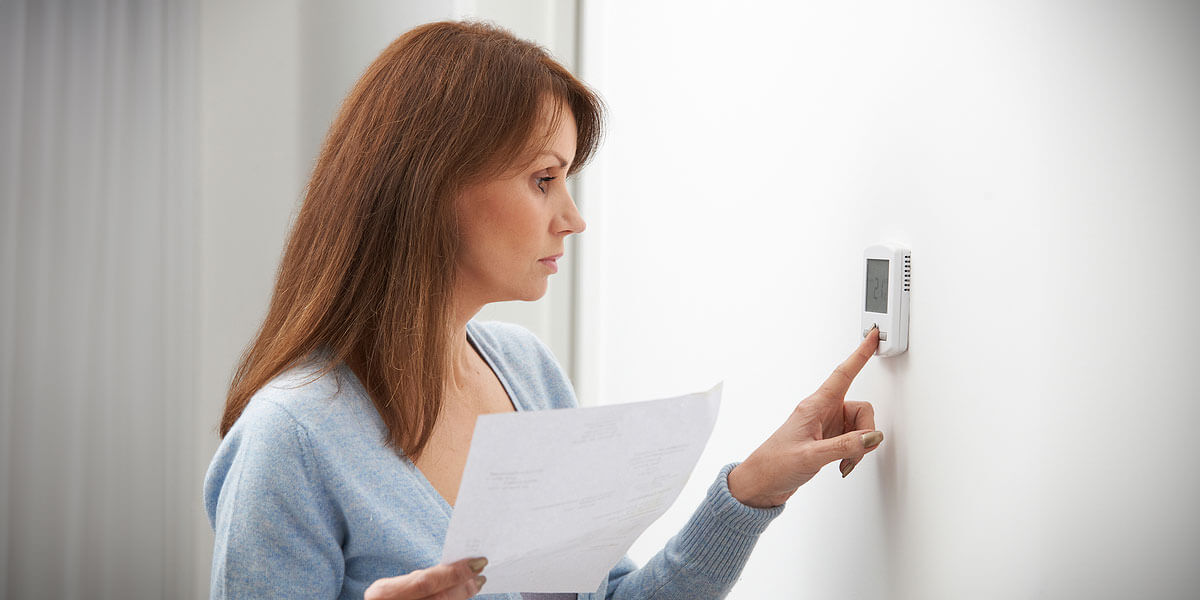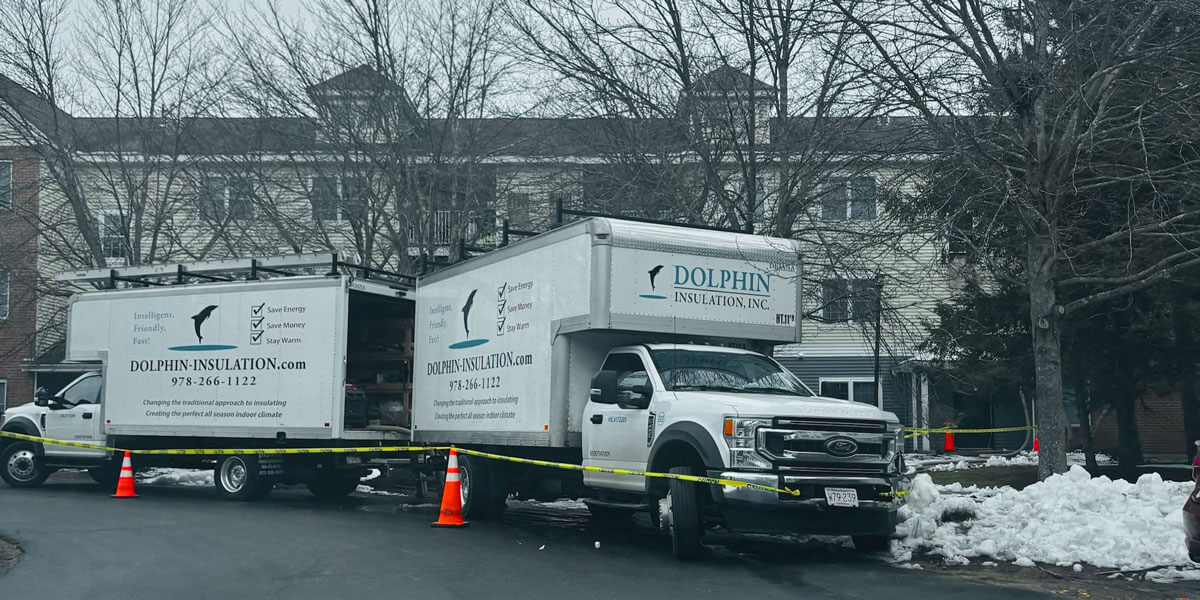Your home’s design could be running up your energy bill and wasting the Earth’s resources. We have good news: these bad results are all avoidable. By insulating your home and sealing all of the air leaks, you can bring your home closer and closer to a net-zero energy building. A net-zero building is a building that has a total energy use of zero. All energy-efficient homes strive to be at net-zero.
Net-zero homes are the most environmentally friendly homes—and their energy bills are the most friendly for your wallet. These homes have a total of zero net carbon emissions every year along with net-zero energy consumption. Simply put, they do not leave a footprint on the planet. This makes a huge difference, since homes today consume about 40% of the total energy from fossil fuels.
By making your home closer to net-zero energy consumption, you will help reduce the country’s dependence on fossil fuels and depleting resources. These homes are so energy-efficient because they can create as much energy as they use. They take all steps towards energy preservation as well as using alternative energy sources, such as solar power. As costs for energy increase, zero-net energy buildings and homes are becoming more popular.
By insulating and air sealing, you reduce the amount of electricity needed to heat and cool by fastening your home’s envelope. We can seal your home so that it maintains consistent temperatures throughout the year. Every inch you insulate and seal contributes to bringing your home a step closer to net-zero. Although this energy-saving ideal can be difficult to achieve, it is possible.
As our country pushes forward in going green, Net Zero Energy is considered “The Next Frontier in Green Building.” While they are still up-and-coming, you will need to put money into making a net-zero home in order to save. You can think of it as paying upfront in order to make all of that money back and ultimately come out on top of your saving. By taking these steps to move your home closer to net-zero, you will help out your own pocket along with the environment.
Insulating your home puts less pressure on your heating and cooling system. Its job is to modify the temperature inside your home, and insulation creates a consistent temperature by creating a barrier between inside your home and outside air. With a steady temperature in your home, your heating and cooling system will have a smaller workload. Less work means less energy required to run the system, and less energy used brings your home one step closer to net-zero energy consumption.















